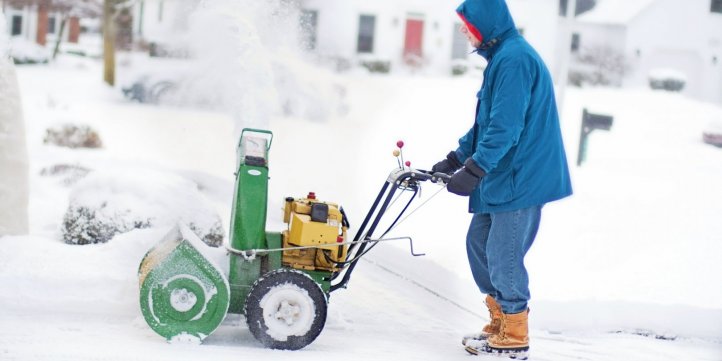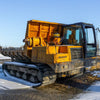How to Check Your Workwear is Ready for Winter

How to Check Your Workwear is Ready for Winter
Working in cold conditions during the winter months isn’t something many of us would choose to do, but the good news is that it can be a lot more comfortable (and even quite enjoyable at times!) when your personal protective equipment is up to the task.
As winter begins to approach, it’s a good idea to check your workwear and PPE and ensure that it’s in good enough condition to protect you from cold weather risks.
Double Check The Fit
There’s a fine line between workwear that’s too tight, and workwear that’s too loose. Ideally, workwear and PPE should have a slightly loose fit; it needs to be tight enough so that excess material doesn’t catch in machinery, but loose enough that, in case of fire, high heat, or arc flash, there is a gap between the material and the skin. In winter, however, it may be a good idea to wear PPE that is slightly looser than normal so that you can layer ordinary clothes underneath for additional warmth. Basic long sleeve tops can add an extra layer of insulation, so ensure the fit is able to accommodate this.
Consider Wear & Tear
With winter weather comes winter conditions such as heavy rain, hail, fog, ice, and snow; all aspects that can significantly affect visibility outside. If it’s important that you’re seen on-site, then checking the condition of your high visibility workwear is essential in preparation for the colder months. While high visibility garments are typically very well made, any fading to the material or damage to reflective strips can compromise your visibility, especially in extreme conditions. If you do notice signs of wear and tear, have a chat with your employer about getting a winter replacement.
Assess Tread
With a risk of wet, icy, and snowy conditions underfoot, it’s important to not only check that the material of your work boots is up to scratch, but also that the tread is in good condition to minimise the chance of slips and falls which can cause injury. Boots should have good traction, with a deep tread that hasn’t been smoothed out through years of heavy use. If you are required to wear specialty footwear, your employer should provide what you need for winter. However, if you wear non-specialty boots on-site then you will need to provide your own replacements (shop around to find good deals).
Ask your employer
It is always a good idea to check in with your employer at this time of year and have a chat about your workwear and PPE. There are some types of workwear that can be swapped out depending on the season for optimal comfort and continued safety for the worker. A good example is high visibility vests worn in the summer, which can be replaced with heavy reflective jackets in the winter. It’s definitely worth checking with your employer if there are any possible swaps that you can make to help keep you warm and protected in winter and reduce the risk of cold-related illness or injury.





